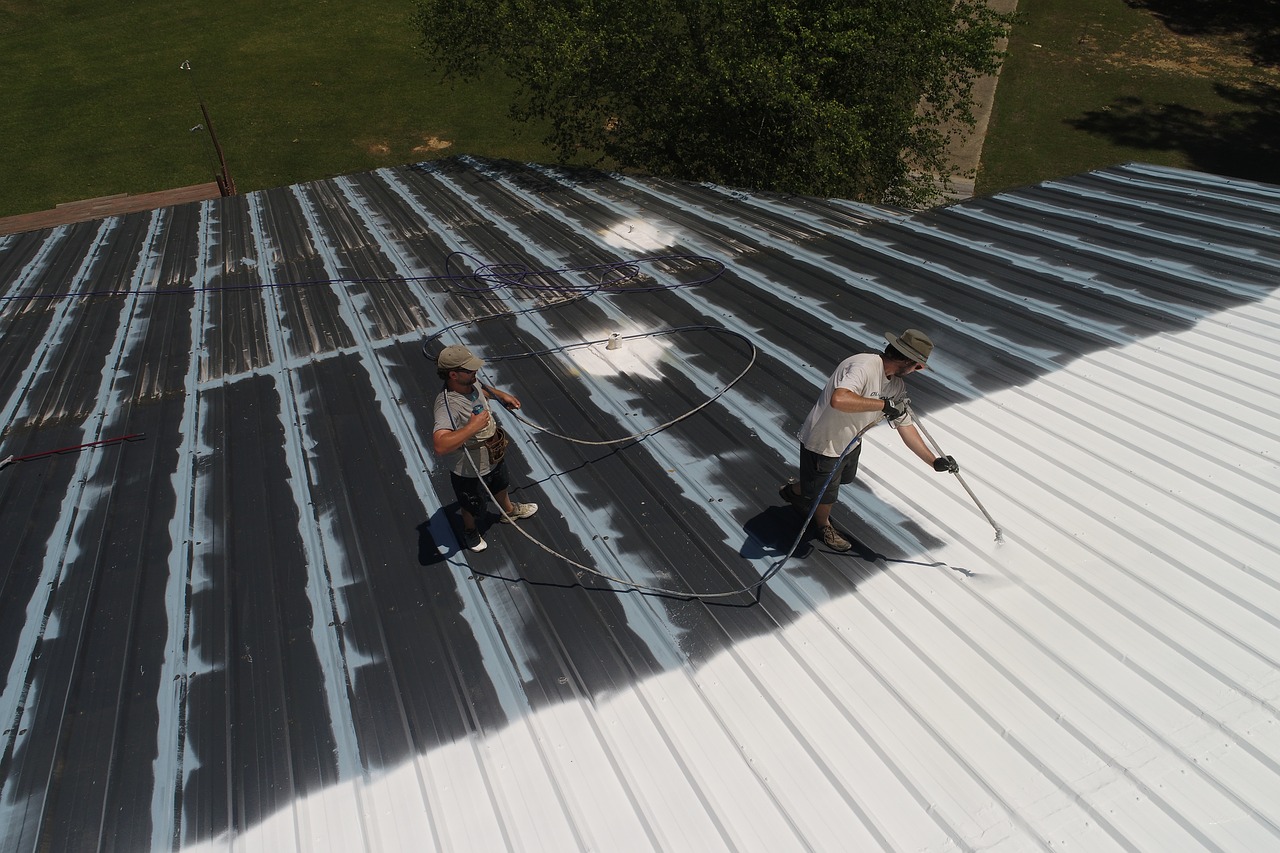Silicone roof coatings are liquid-applied membranes that are made from silicone polymers. They create a continuous and watertight layer over the existing roofing systems. A roofing company applies these coatings on different commercial and residential roofing systems due to their features, such as durability, water resistance, and ease of installation. Here are a few things silicone coatings do for your roof:
Protects Against Different Elements
Silicone coatings form a continuous barrier on the roof surface without leaving gaps or joints in between. This unbroken layer prevents water filtration, which is one of the main reasons for roof damage. After curing, the coating bonds to the substrate surface and covers cracks, blisters, and other minor irregularities on the surface. This capability helps prevent the growth of mold and mildew within the roofing system.
Resistant to UV light, silicone works well in direct sunlight. Over time, many materials undergo changes on their surface because of UV radiation, but silicone remains unchanged in terms of elasticity and color. This resistance contributes to the durability of the roof surface that remains effective in performing its function regardless of prevailing weather conditions.
Silicone provides additional protection that helps to increase the roof’s resistance to physical force. The coating’s tough yet elastic surface can withstand wind-borne debris, foot traffic during maintenance, or other environmental factors such as falling branches. This reinforcement helps prevent surface chafing and wear.
Simplifies Maintenance and Inspection
Silicone coating does not have a rough surface to trap dirt and debris. This makes it easy to clean and maintain a good appearance. Maintenance is less difficult because the coating is lighter in color and has a reflective surface that can help identify signs of wear or damage. In case of need for repairs, a roofing company can recoat the silicone on coated roofs without having to strip off the previous layer, which reduces the time it takes to fix the roof.
Fluctuations in temperatures during the day lead to roofs expanding and contracting. Silicone coatings are designed to be flexible, allowing them to expand and contract with the roof structure without delaminating or cracking. This ability helps the coating adhere well and provides uniform protection to the surface. This will require less maintenance over time.
Adheres to Different Roof Types
Silicone coatings can be used on a variety of roofing substrates such as metal, modified bitumen, single-ply membranes, and built-up roofing systems. This versatility makes them a practical solution for buildings with different structural conditions. In most cases, the roof is prepared for application by washing and applying a primer. After the primer has been applied, it adheres to the roof’s surface. It provides a strong and rigid layer that enhances the system’s performance.
Modern roof designs often feature intricate designs, multiple slopes, penetrations, or unusual shapes. Silicone coatings on these roof designs are typically used in liquid form. This allows the coatings to conform to the surface.
It covers all the irregularities such as vents, HVAC curbs, skylights, and parapets. This helps to avoid the formation of weak points that may be vulnerable to water penetration or act as thermal bridges. Silicone coatings help prevent too much heat from warming the inside of your home.
Partner With a Reputable Roofing Company
When selecting a professional for your silicone roof coating project, consider more than their license status and experience. Concentrate on contractors who work with your roof system type, including the specific slopes or material combinations that require precise adhesion techniques.
Search for a provider who assesses the exterior and how the construction engages with the weather and ventilation systems. For a reliable silicone application, contact a reputable roofing company.






Leave a Reply